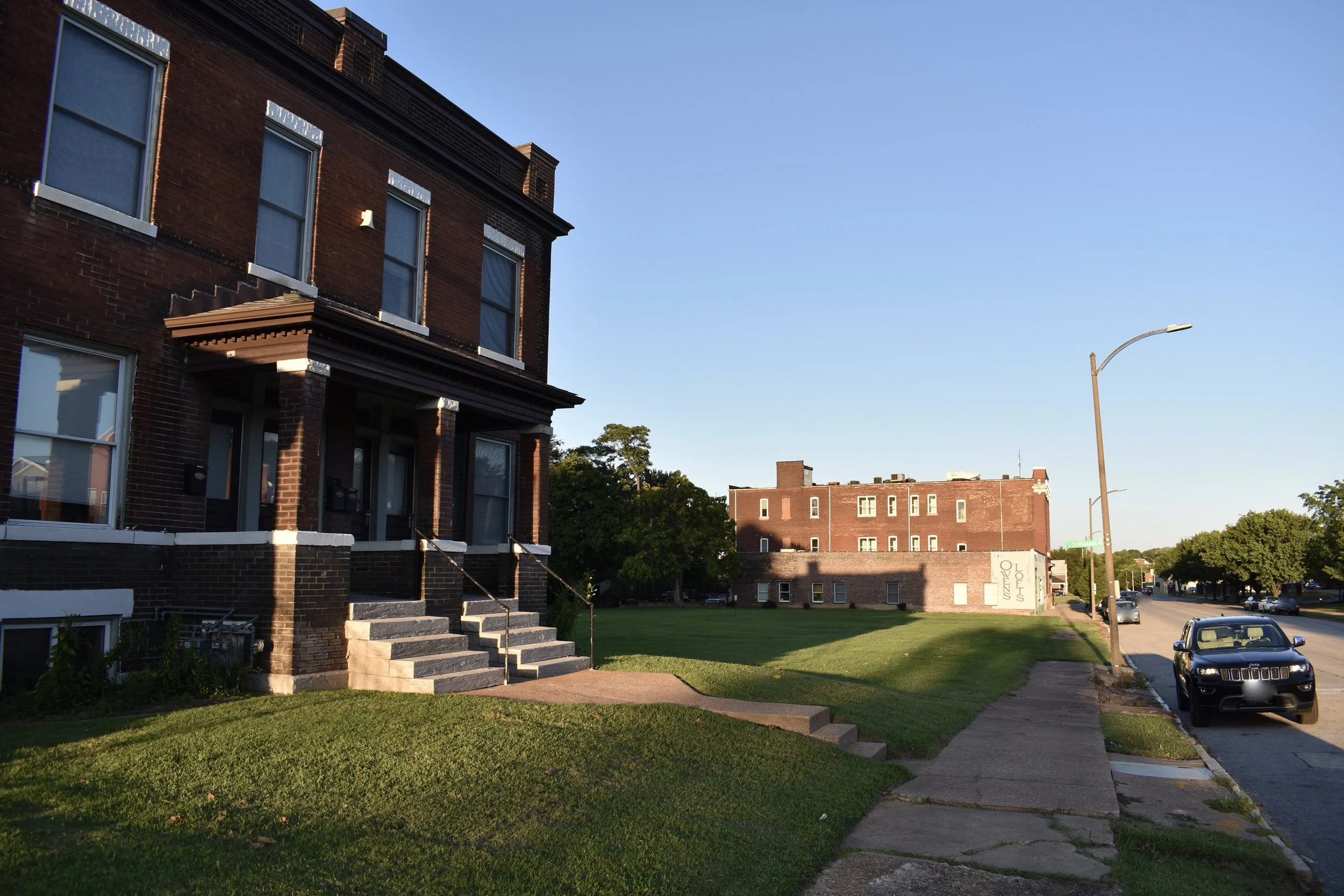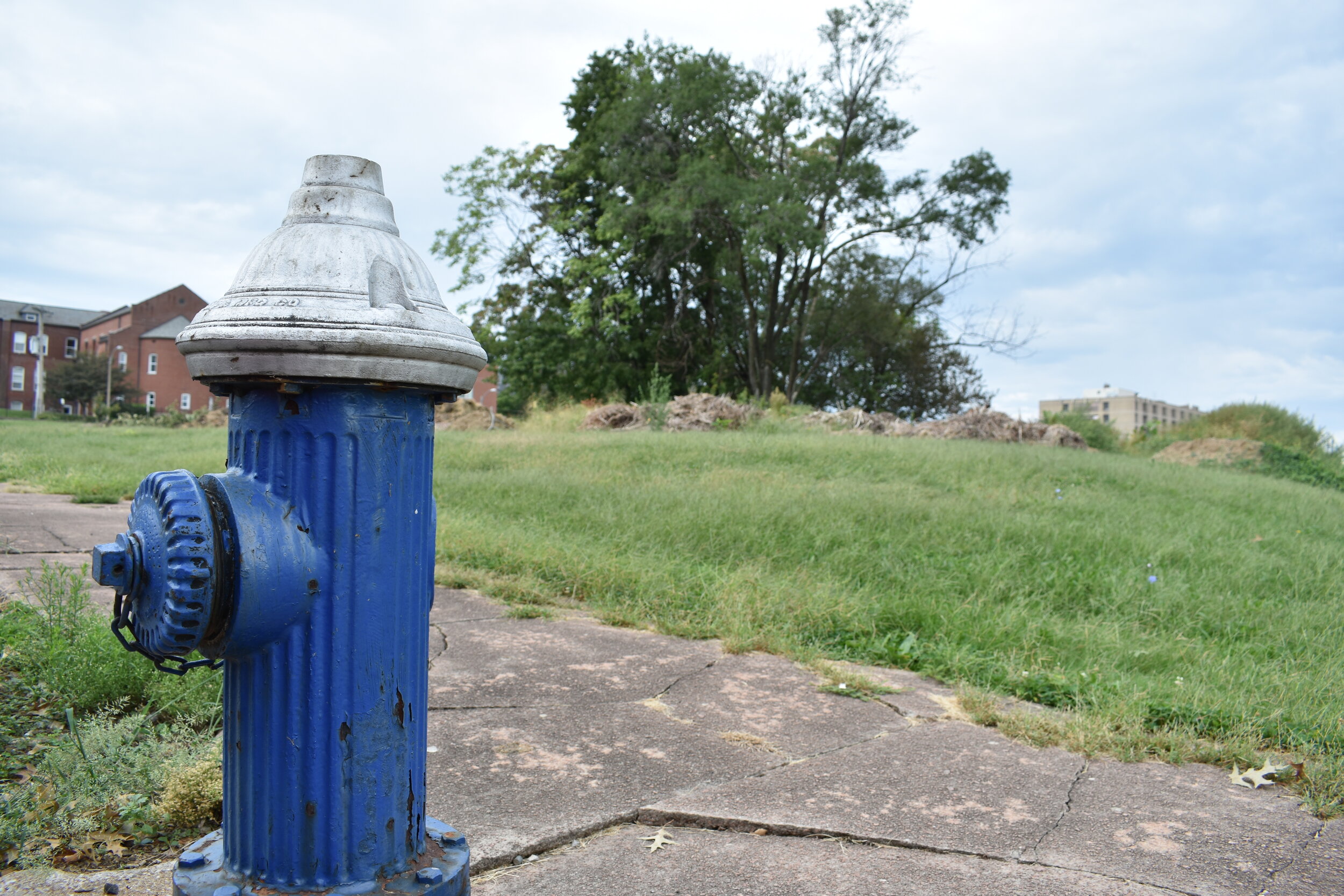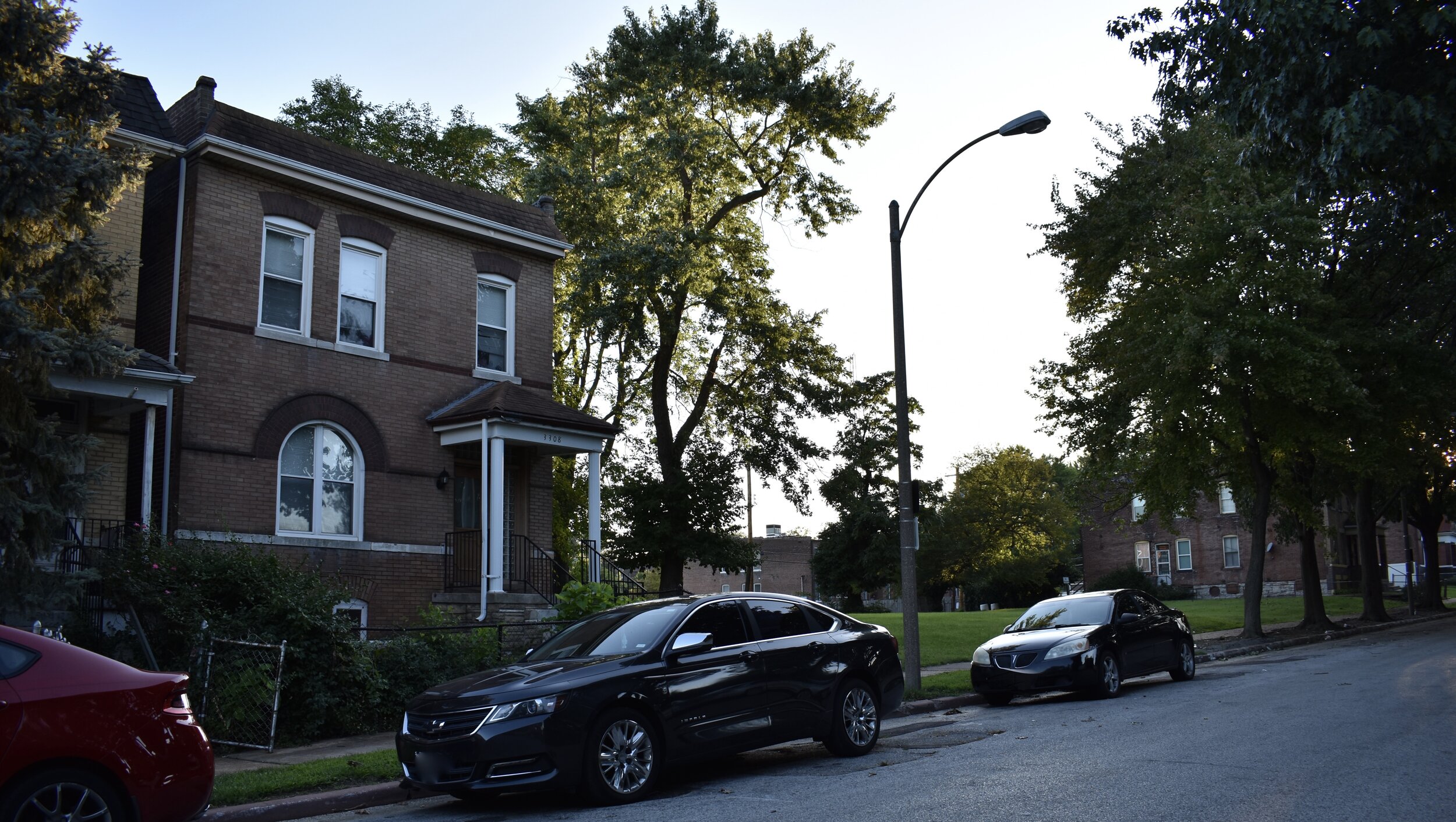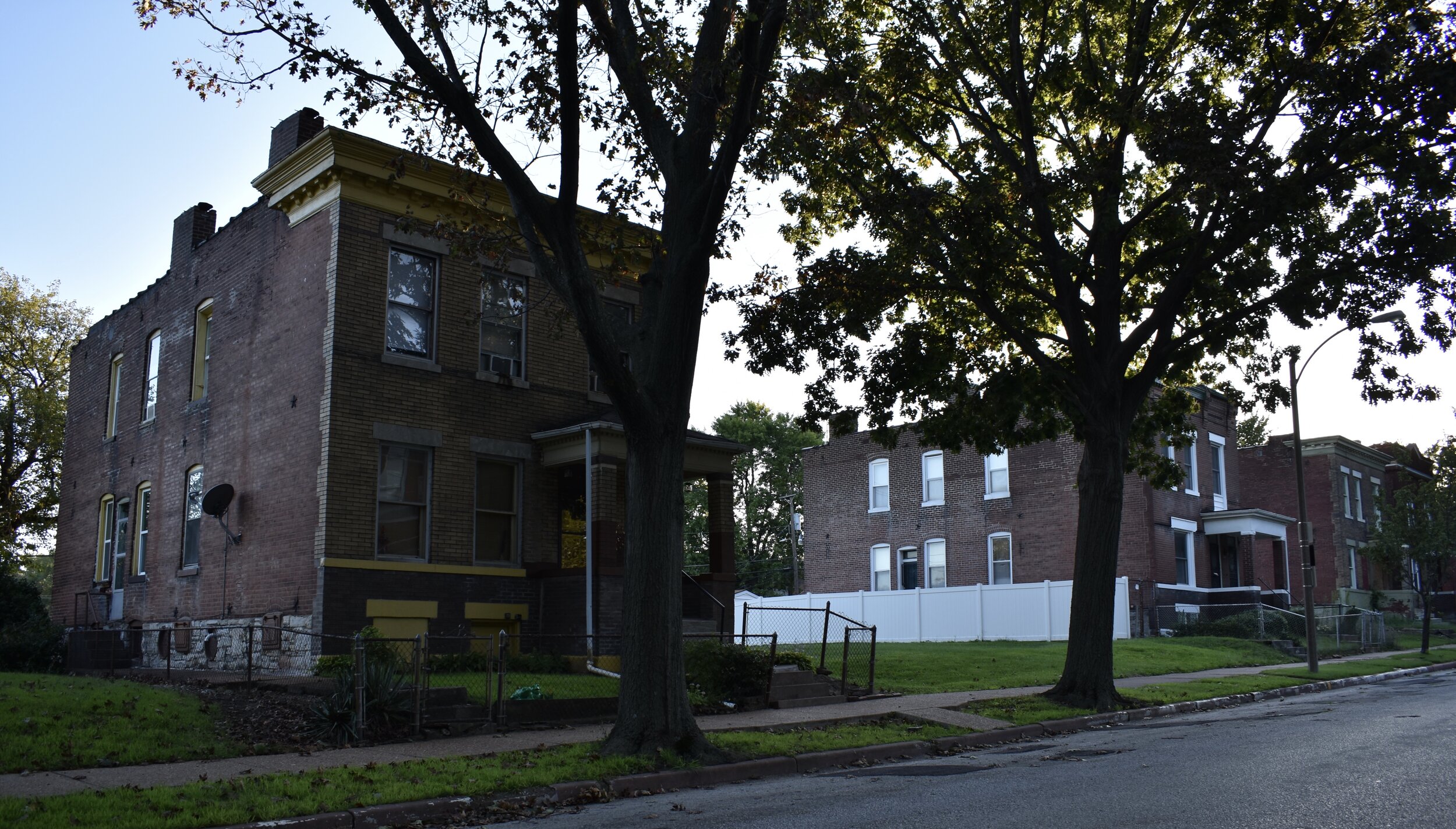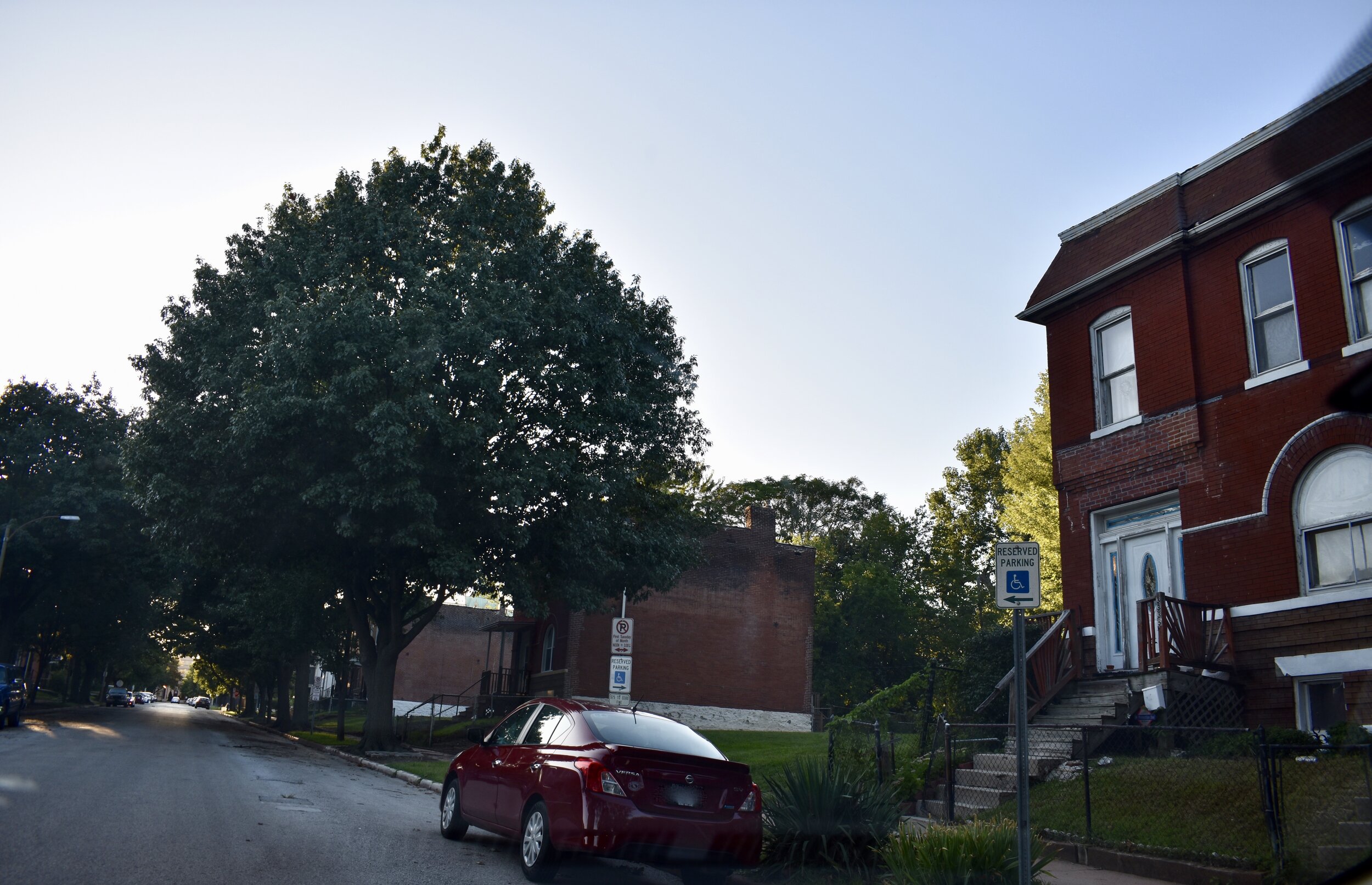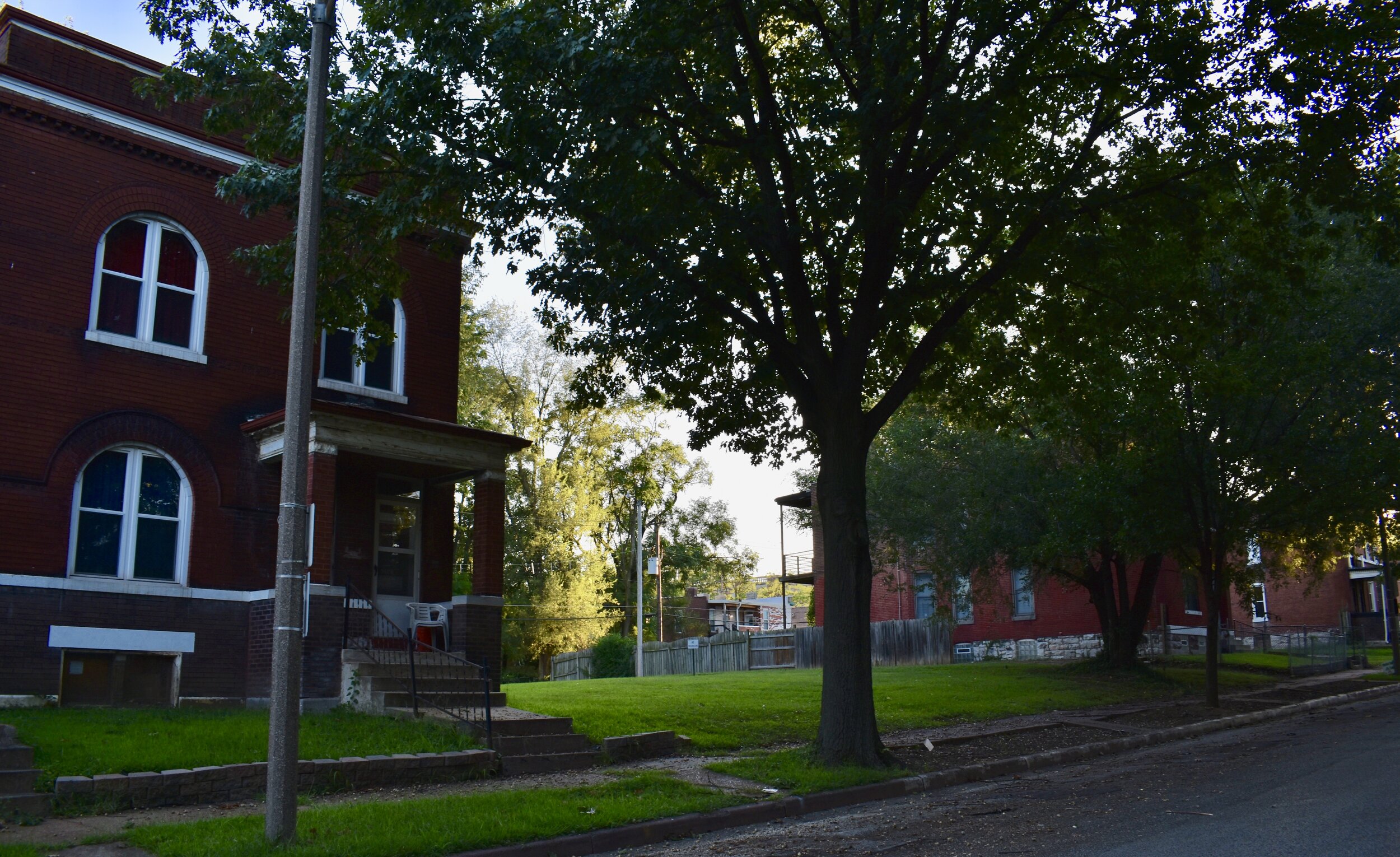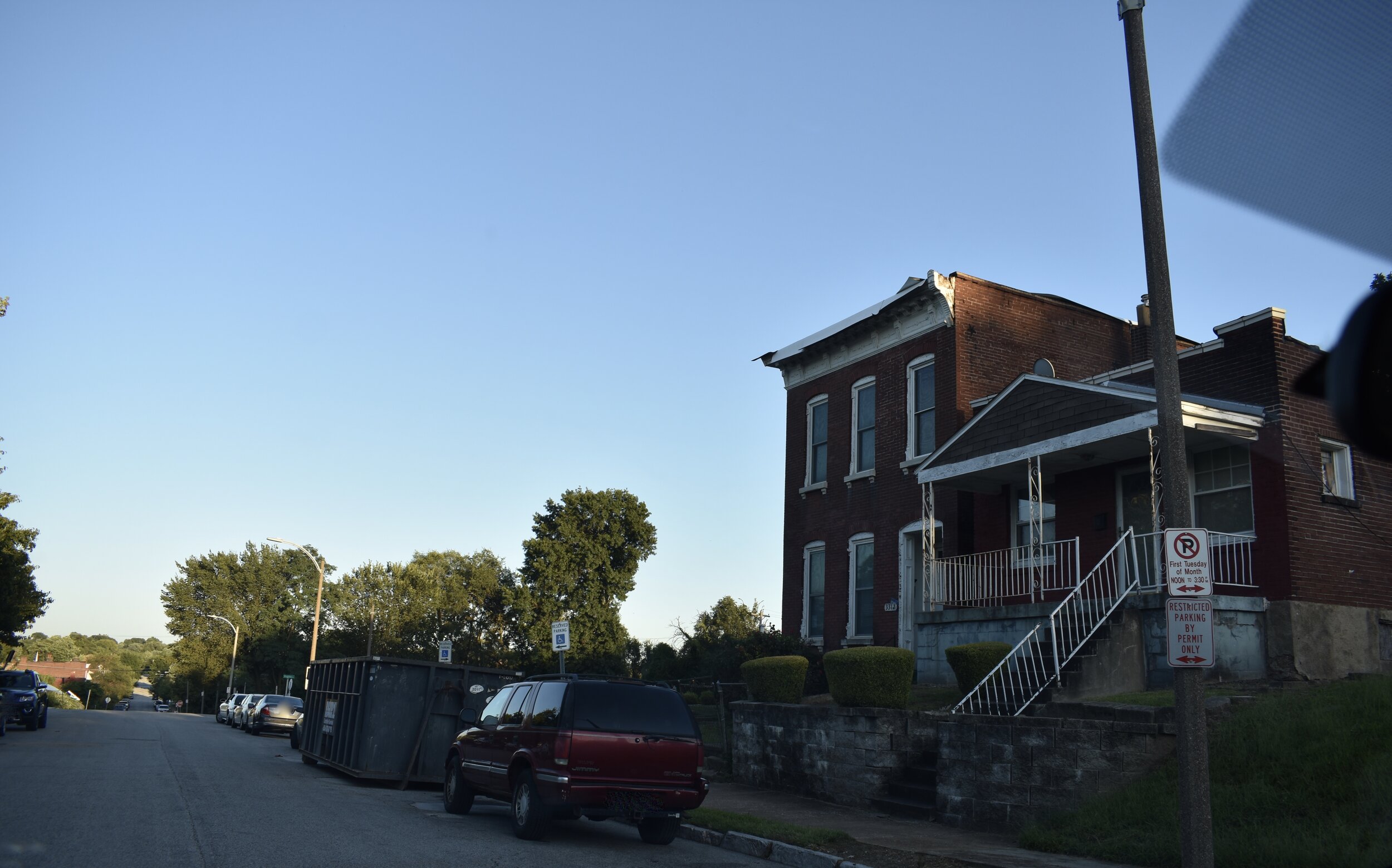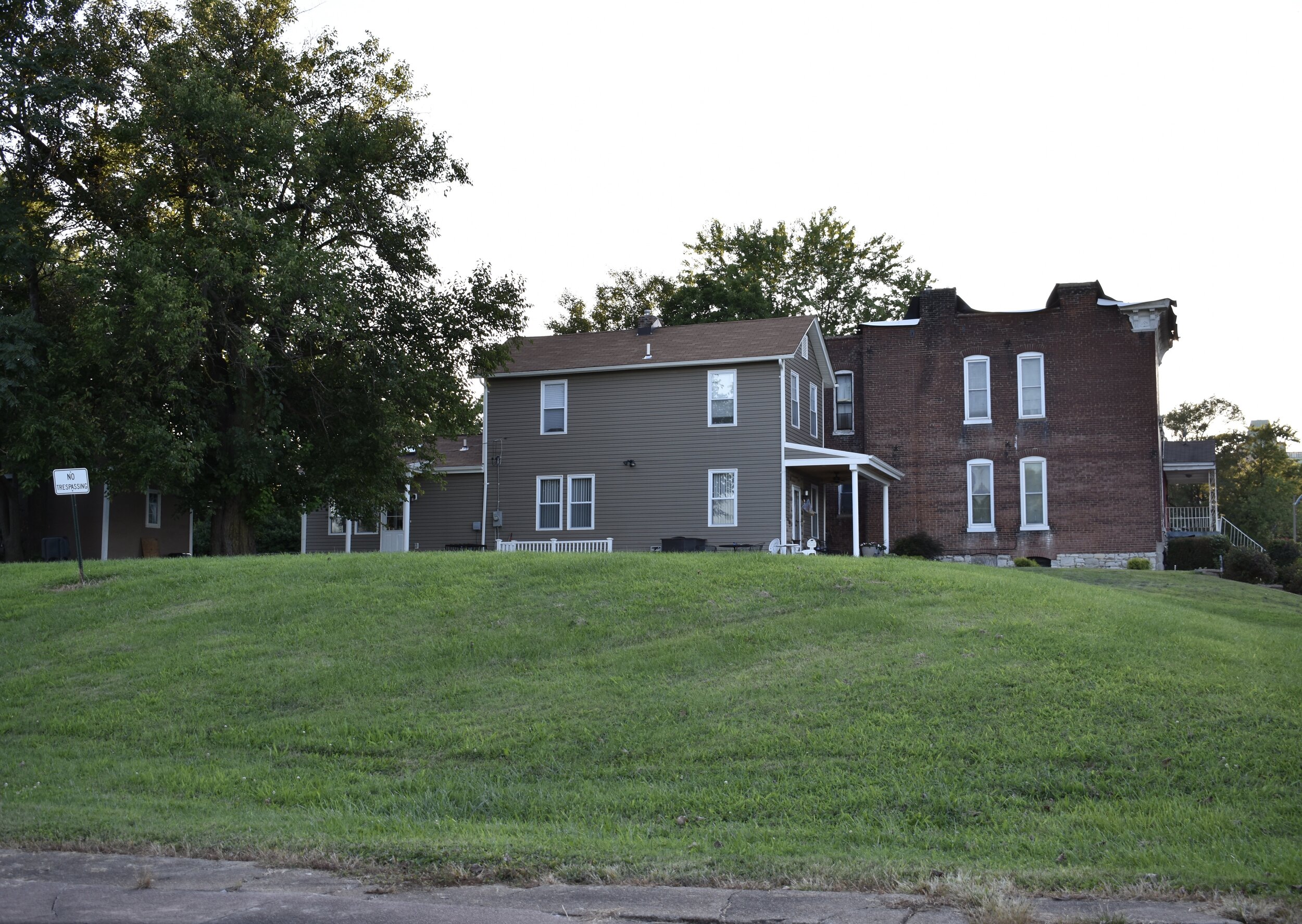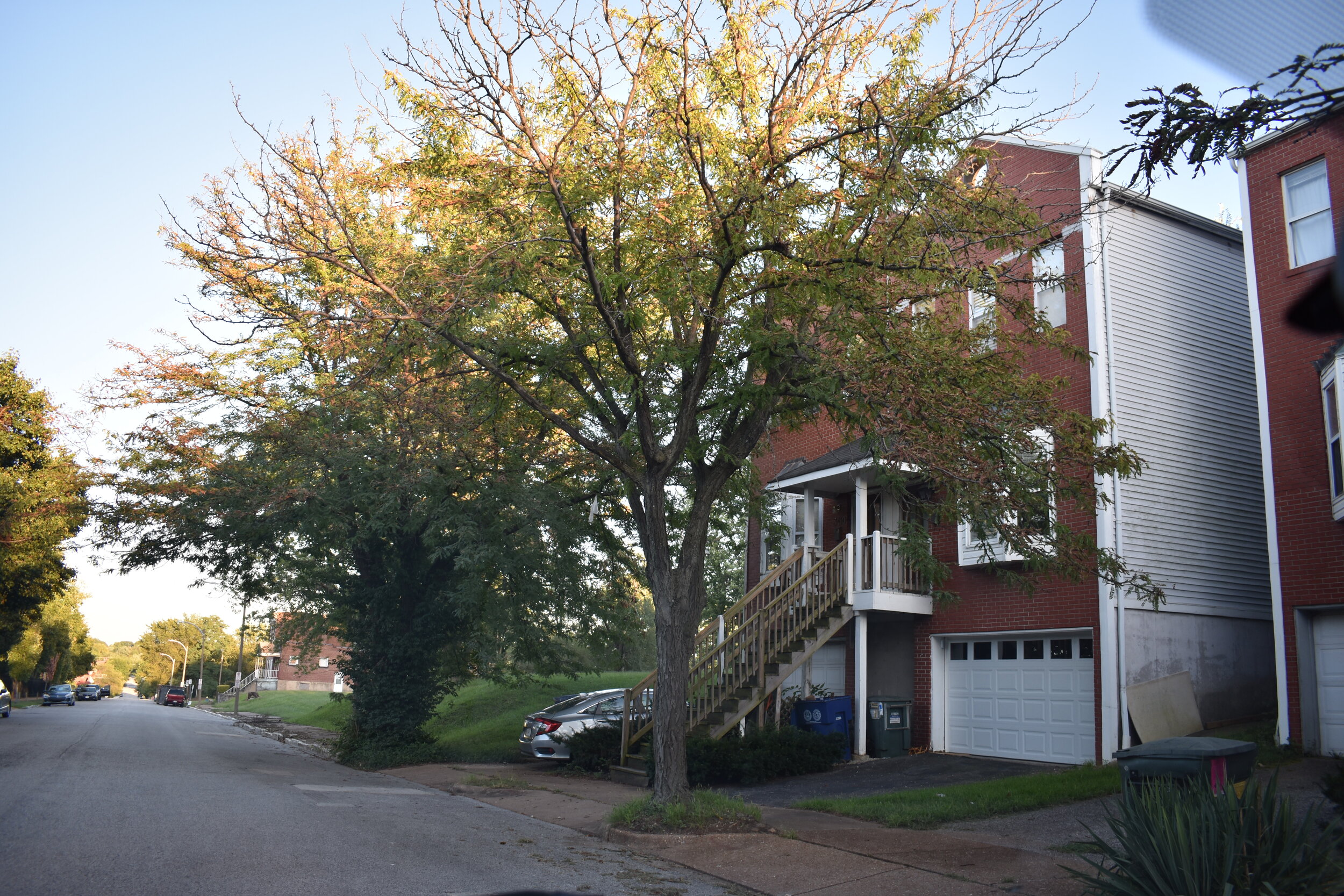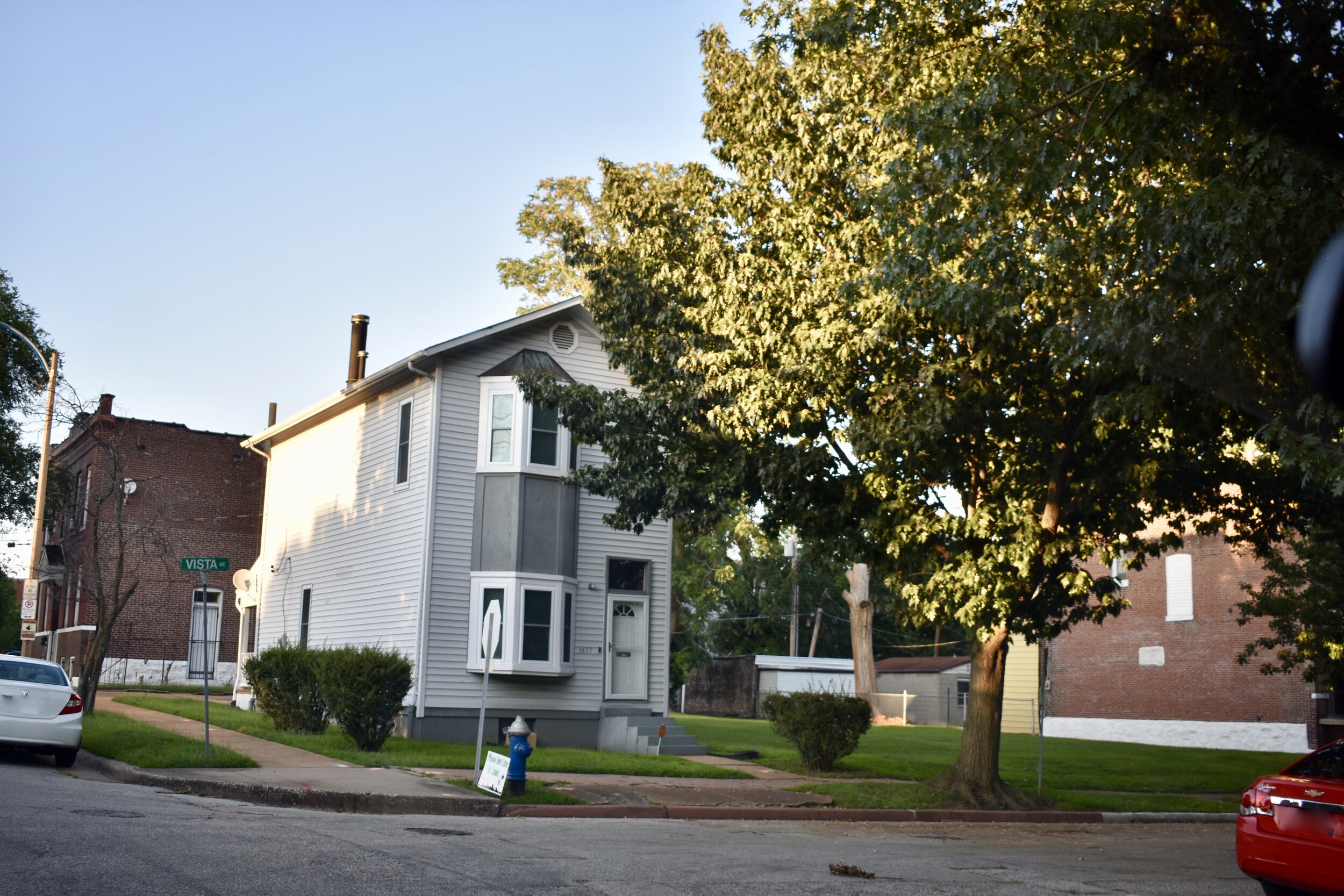St. Louis University (SLU) recently announced it will be working with the Gate District West Neighborhood Association to seek Request for Proposals (RFP) for builders to develop 43 vacant SLU-owned properties in the section of the neighborhood just south and east of the SLU Medical Campus.
“While SLU will be closely involved in the process, the neighborhood association’s development committee will issue the RFP and select a developer or developers to acquire the properties and construct new homes on them.
The construction will fall under a community benefit agreement that the University adopted last year to promote participation from minorities and women in building projects.
Gate District West is bordered by Grand Boulevard to the west, Compton Avenue to the east, Chouteau Avenue to the north and Interstate 44 to the south. More than 80 percent of the neighborhood’s residents are African-American. The neighborhood features a mix of owner-occupied and rental housing. ”
Here’s the section of the city being discussed; the empty lots in lighter hue:
This is a small section of a ~400 acre redevelopment area granted to SLU/SSM administered by St. Louis Midtown Redevelopment Corporation (STLMRC) who have drafted the Midtown Redevelopment Plan with the mission to blight and administer redevelopment of a large area of the city stretching as far south as Lafayette Avenue, north to Laclede Avenue, west to Vandeventer and east to Compton. There is a LOT of vacant land in this part of the city. Per STLMRC, they will: “serve as an ‘umbrella redeveloper’ tasked with overseeing and facilitating development efforts within the Redevelopment Area. To that end, the Redevelopment Corporation will review and approve plans for construction and rehabilitation of improvements within the Redevelopment Area to ensure that these projects comply with and further the goals of the Redevelopment Plan.”
Steelcote, Armory, City Foundry, Iron Hill…yeah, those are all projects within the area.
Here is a map of the entire area they’ll have the keys to:
What an opportunity for St. Louis, SSM and St. Louis University to improve and connect our city versus further dividing and blocking off SLU’s campus from the city. This will be our true first look into what STLMRC will bring to our city in the way of new infill home construction. This will be a harbinger of things to come, a glimpse into what they envision for 400 acres of our city.
This is huge.
Will they go the low density, suburban look and feel or will they go modern and dense? Will they go faux historic? Time will tell, but many will likely judge STLMRC on this project.
And for this, we are witnessing an exciting project that has been long overdue.
The potential of new homes and residents to shepherd us toward mixed uses in a neighborhood that could be quite walk-able and dense is exciting. The street grid south of the SLU med campus is largely intact and passable in this part of the Gate District Neighborhood.
Let’s hope the cul-de-sacs and Schoemehl pots that isolate, restrict and divide other parts of the neighborhood are not repeated here.
The fact that they re-created a new sub-neighborhood association just for this project is concerning. It means fewer people get a voice in what our city will look like in the future. It is ultimately frustrating to care about this city as a whole when the powers that be lean toward divide and conquer tactics, and block participation unless you “live there”. And in some cases living there, means just blocks from the development proposal. Per SLU, the Gate District West association was re-established in 2017 “after a few years of inactivity”. My reading of that indicates they were needed again as money will start to flow and local support is required to move forward.
I am hoping those with urban planning and design knowledge will lead the discussion, and not let a small minority drive this part of town toward a suburban-styled, incongruous mess.
I’ve witnessed this story play out first hand in the past. I’ve seen powers that be leverage small groups of people who will speak out in support of something/anything for short term gains, even when they know these developments won’t make the city a better place. Take a QT at a major intersection for instance. But, the money…and, “the people want this” argument will be leveraged. Even though they know it’ll be a setback for building an urban, dense city.
I have plenty of reason for pessimism; but, I have to remain hopeful, and trust that STLMRC has the chops to make this an attractive improvement that will support density and mixed uses in the future, rebuilding on the grid. This is a multi-generational decision that will change the look and feel of a neighborhood that has long been dotted with vacant, unused lots owned by SLU.
The executive director, Brooks Goedeker, of STLMRC is the same person who led Park Central Development, a similar organization with like-minded goals in the CORTEX/Wash U Med/FPSE part of the city (source). Overall, I think they did a great job. Not perfect, but respectable. Most agree that the Central West End and Forest Park Southeast are some of the most dynamic locations in St. Louis.
So, I’m optimistic that this group can guide good urban, mixed-use development that elevates the city rather than sends us backward toward a suburban, cheap look that devalues the surrounding areas.
I trust em so far.
This is a huge project for people that live around here. It can be a make or break, frankly. I hope they can pull off something impressive and smart. This 43 property project will be a harbinger of things to come for sure.
Keep your eyes on this one. This is important.
So how will this project benefit the city in the future?
Let’s start with the obvious: the massive benefits of infill. Land banking scads of vacant, undeveloped property has been SLU’s long term play in this area. They have owned and sat on properties for decades, devaluing the area, making it look desolate from Park and Compton. They have not been good neighborhoods. The proof is obvious with fencing off their properties to closing streets. Removing and not rebuilding sidewalks (look at Compton)…just erecting “stay out” signs, etc. I wish this wasn’t true, I want SLU to succeed in all ways. Trust me, I am a SLU fan and want to see them elevate their mission to connect St. Louis neighborhoods with their beautiful campus. But in the spirit of keeping it real, this is how they have treated the Gate District for the last 20 or so years.
To be fair, there are positives with SLU in the Gate. They open their track and field to youth and inter-mural track and soccer practice and scrimmages. They allow neighbors to walk/jog the track.
I know they are capable of doing the right thing, and hopefully STLMRC can influence them to be good neighborhoods and connect with their surroundings vs. division and erection of barriers.
Further proof of the challenges of decade’s long undeveloped land is the dumping taking place on some of their property where massive piles of mulch, tree limbs, rock, stumps, etc. are piled up for the neighbors to have to look at. As an example, look no further than the SLU/SSM land near Louisiana and Henrietta right across from the basketball courts at Terry Park.
There will likely be a positive impact on the St. Louis tax rolls that provide much needed $ for our schools, etc.
While I didn’t research all 43 lots, most have been owned by SLU since Geo St. Louis has been publishing online data (1998). They pay very little taxes on these (~$100/year for many).
When weighing the benefits of the this project, I questioned whether the new homes would collect property taxes, or be exempt in the future.
To answer the question, I reached out to Brooks Goedeker, the Executive Director of STLMRC.
My questions: “When a home is built and sold for say $200K, will it go to a private buyer who will pay taxes on $200K, or will it remain in SLU/STLMRC control? Will your organization be asking for tax abatement under either ownership scenario?”
Mr. Goedeker’s response: “Yes, the private buyer will be responsible for the taxes and SLU will no longer be part of the ownership of the properties.”
I didn’t get an answer on the tax abatement question, but per the STLMRC website, the answer is yes, they can grant tax abatement for deserving projects that demonstrate need.
After reading the redevelopment plan, tax abatement will indeed be offered at the discretion of the STLMRC. The particular section of the project is deemed “AA12” on the map, allowing up to 15 years of property tax abatement. (source)
I’m not sure why tax abatement would be necessary in this part of St. Louis. First, it is very stable, centrally located and the areas around it are in high demand. Trust me, I live in Fox Park, just southeast of here and the recent assessment of my home is shocking as are my new property tax bills. New homes are going for $300K-$400K in the Gate District. Things are looking good when it comes to property values.
But, if I know St. Louis City, and I think I do, tax abatement will indeed be part of the deal. 15 years seems egregious but no American likes paying taxes, so I get it. This will likely happen even if the STLMRC won’t comment on it.
Expect it. But, the assessed value will likely rise over the vacant lots that exist now, so there will be a gain in property taxes even if they are abated for 15 years.
43 new homes will certainly change the look and feel of this section of the city. So, to get an idea of what it looks like today, I had to walk this part of the Gate District.
First, remember these vacant fields have been owned by SLU for over 20 years, so the residents have grown accustomed to the low density. The private properties appear to be largely owned by African-Americans, anecdotally, after three separate visits and observations. The homes are well cared for, with the exception of a few. The neighborhood is fully stable even with all the gaps and fields.
Here’s a look at some of the vacant, SLU-owned parcels that will be built upon.
As you can see, the old brick beauties that were spared will allow for a nice mix of old and new.
Newer construction has popped up over the years, closer to SLU’s med campus, with mixed results.
Notice the curb cuts and front garages.
The future looks bright. Let’s do this right! Let’s gain some early faith in STLMRC! I want to be a fan of this massive redevelopment area. I want to support it. I want to see this part of the city (where I currently choose to live) elevated.
This is historic. 43 lots developed will be huge. It can and will change the look and feel of this part of St. Louis for generations.
Will the Gate District go the route it has in the past for new housing?
Will they go faux historic? Modern/LEED? Or, will they go straight up suburban/uninspired?
Will they close the streets and build cul-de-sacs or keep the streets open for scooters/bikes/cars?
Will the Gate District West Neighborhood Association know what good urban development looks like? Will their recommendations go with or against what a trained urban planner would suggest?
These are all fair questions.
Let’s hope they are up to the task as this will be a major change for the city. An opportunity I would hate to see wasted. You only get one shot at something this big, and it will live on for generations.
I would like to see dense housing, not faux historic, rather a style more like the UIC houses in Botanical Heights or the modern designs along Lafayette Avenue in the neighborhood.
Suburban home builder Vatterott is already working in the neighborhood, will that be the route the small Gate District West group will recommend?
Time will tell. I’ll be keeping my eyes on this one, and posting as things develop. Let’s hope STLMRC gets a Twitter feed and starts communicating with the city residents not just in the small confines of the development zone.
Let’s hope this will be a transparent, positive improvement for the current and future residents of the entire City of St. Louis.

